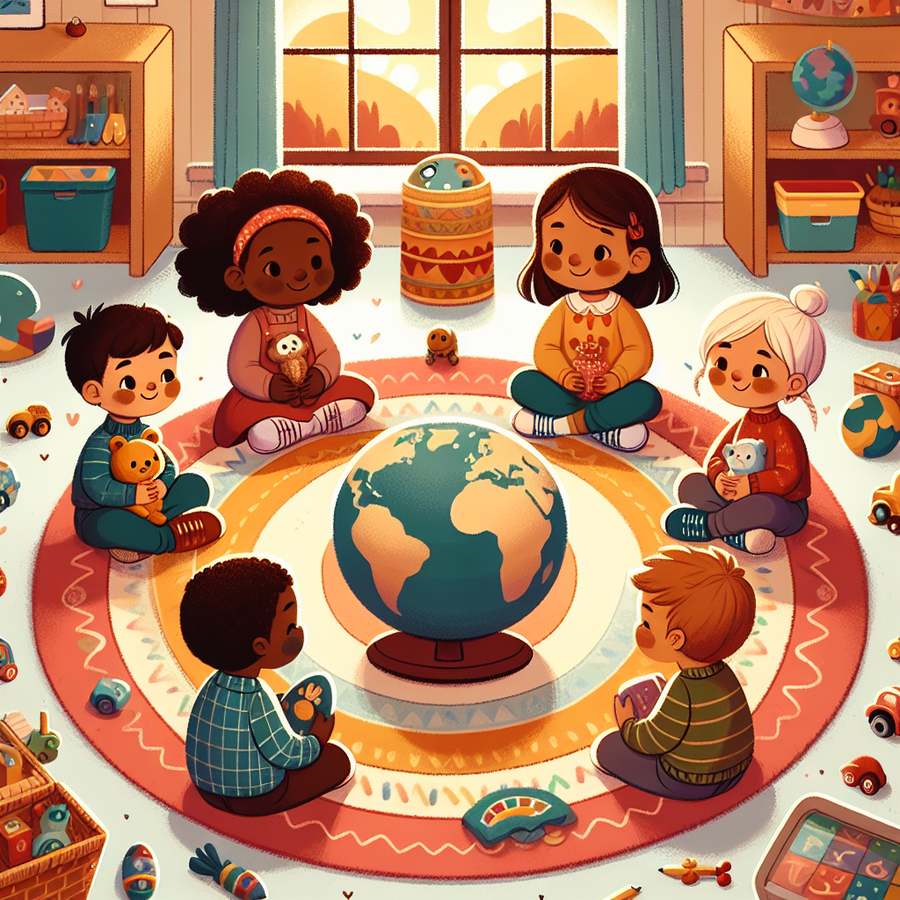Discussing how to talk to your children about diversity and inclusion is essential in shaping a world where everyone feels valued and respected. Engaging in this conversation helps build a foundation of empathy, understanding, and respect for differences from an early age. This article delves into effective strategies and considerations for parents on this vital topic.
Understanding the Importance of Diversity and Inclusion
Diversity and inclusion encompass recognizing and valuing the differences among people, including race, religion, gender, sexual orientation, and abilities. Teaching children about these concepts can encourage them to appreciate and celebrate the unique qualities of every individual. Fostering a multicultural environment for your child is a step towards nurturing an inclusive mindset.
Research highlights the significance of introducing diversity and inclusion concepts early in childhood. Children are naturally curious and open, making the early years an optimal time for embedding values of equality and empathy. This early education lays the groundwork for them to become compassionate and inclusive adults.
How to Talk to Your Children about Diversity and Inclusion
Starting the conversation about diversity and inclusion with your children can seem daunting, but it’s crucial for their development into well-rounded individuals. It’s about creating an open space where they feel comfortable asking questions and expressing their thoughts.
Begin by introducing them to diverse cultures and lifestyles through books, movies, and personal stories. Emphasize the commonalities among people while also celebrating the differences. Encouraging empathy by asking them how they would feel in someone else’s situation is a powerful tool for fostering understanding. Encouraging a love of reading about diverse characters and cultures can also be incredibly beneficial.
Practical Tips for Incorporating Diversity and Inclusion in Daily Life
Incorporating diversity and inclusion into your family’s daily life doesn’t have to be complicated. Simple actions can make a significant impact on how your child perceives and interacts with the world around them.
One way to do this is by broadening your social circle to include friends from various backgrounds. Participating in cultural festivals and events can also provide practical experiences of diversity. Moreover, choosing inclusive and diverse educational materials and toys can play a pivotal role. For more strategies on nurturing inclusivity, consider exploring creating a baby-friendly home that celebrates diversity.
Remember, your behavior serves as a model for your child’s actions and attitudes. Demonstrating inclusivity and respect in your interactions teaches them to do the same. Addressing and correcting exclusionary or prejudiced behavior is equally important, as it provides teachable moments on the value of diversity and the impact of our words and actions.
In conclusion, how to talk to your children about diversity and inclusion involves more than just conversations; it’s about creating an environment that naturally embodies these values. By integrating diverse and inclusive principles into your family’s everyday life, you pave the way for your children to grow into empathetic, understanding, and inclusive adults. For parents seeking further guidance, the article How to Talk to Your Children about Diversity and Inclusion provides additional insights and tips.













